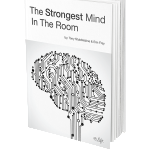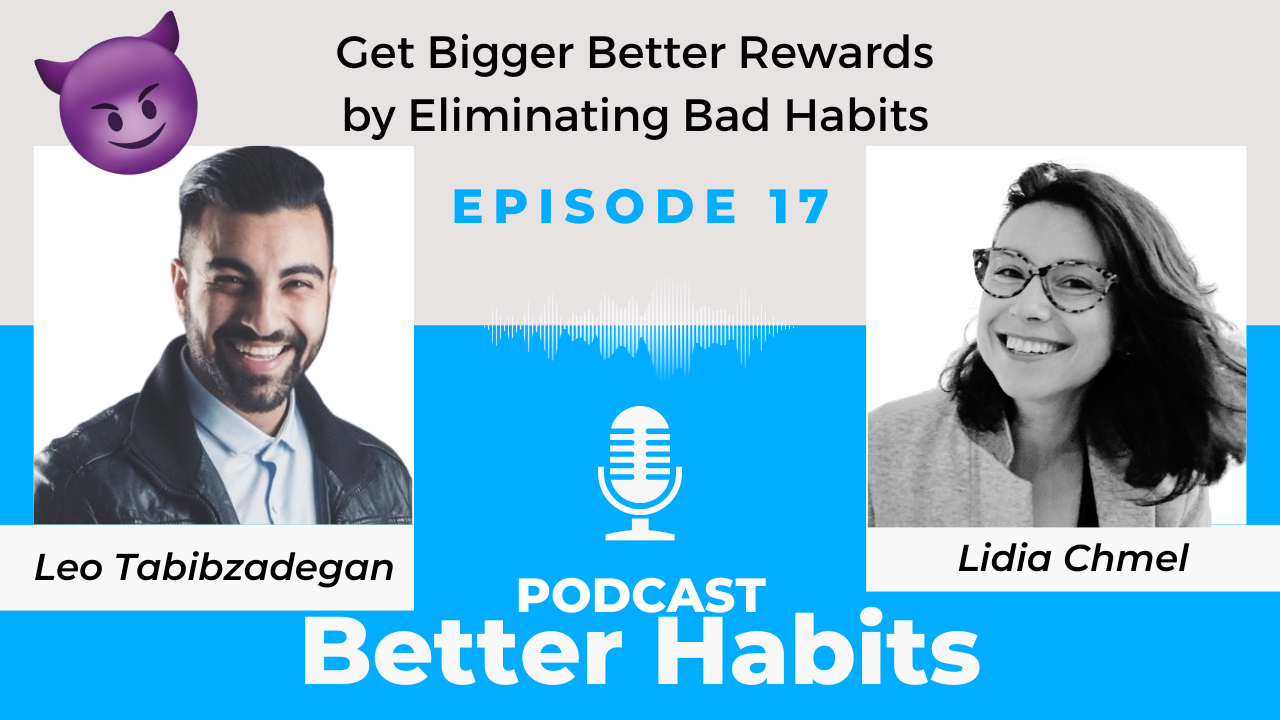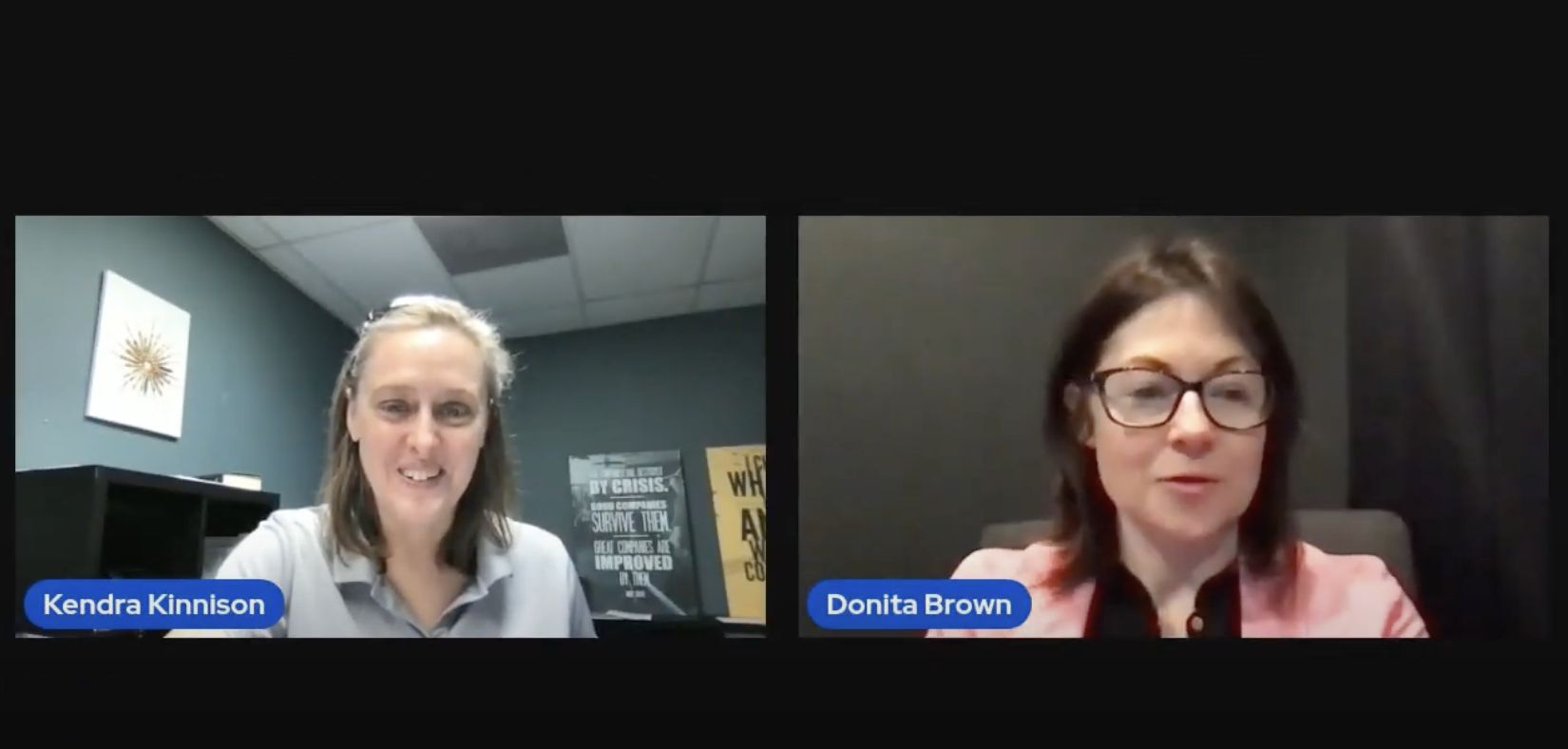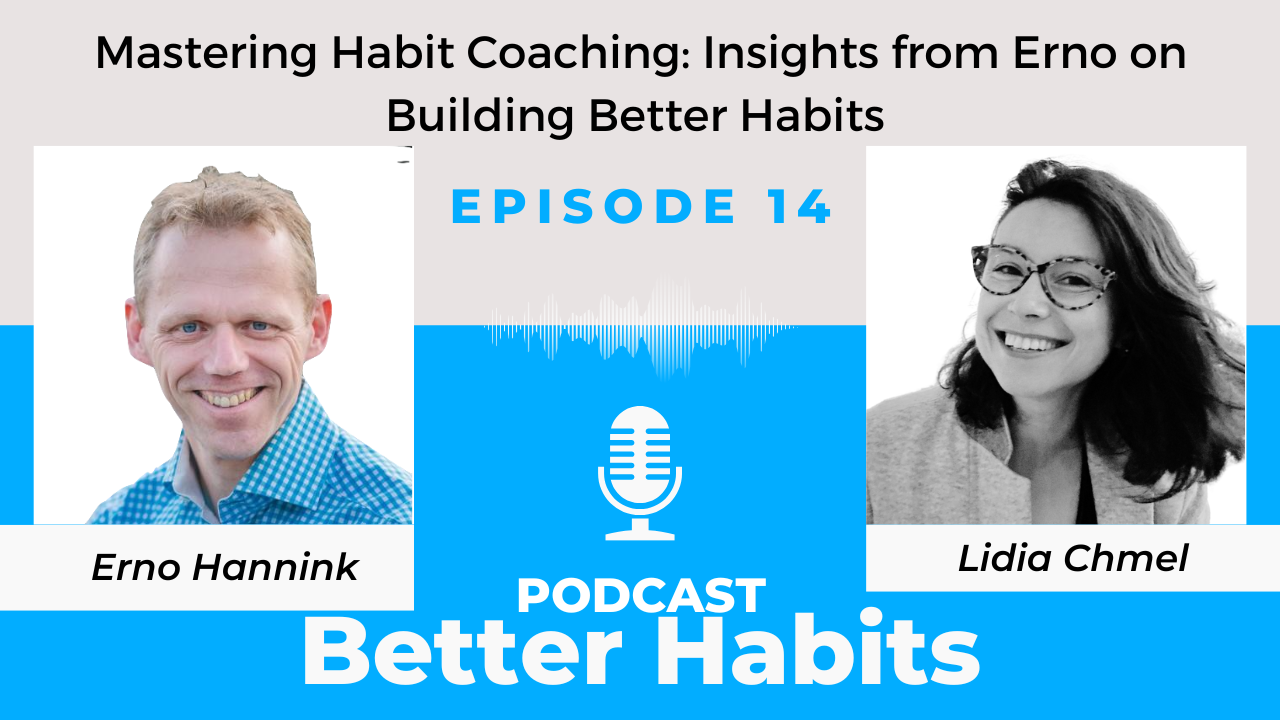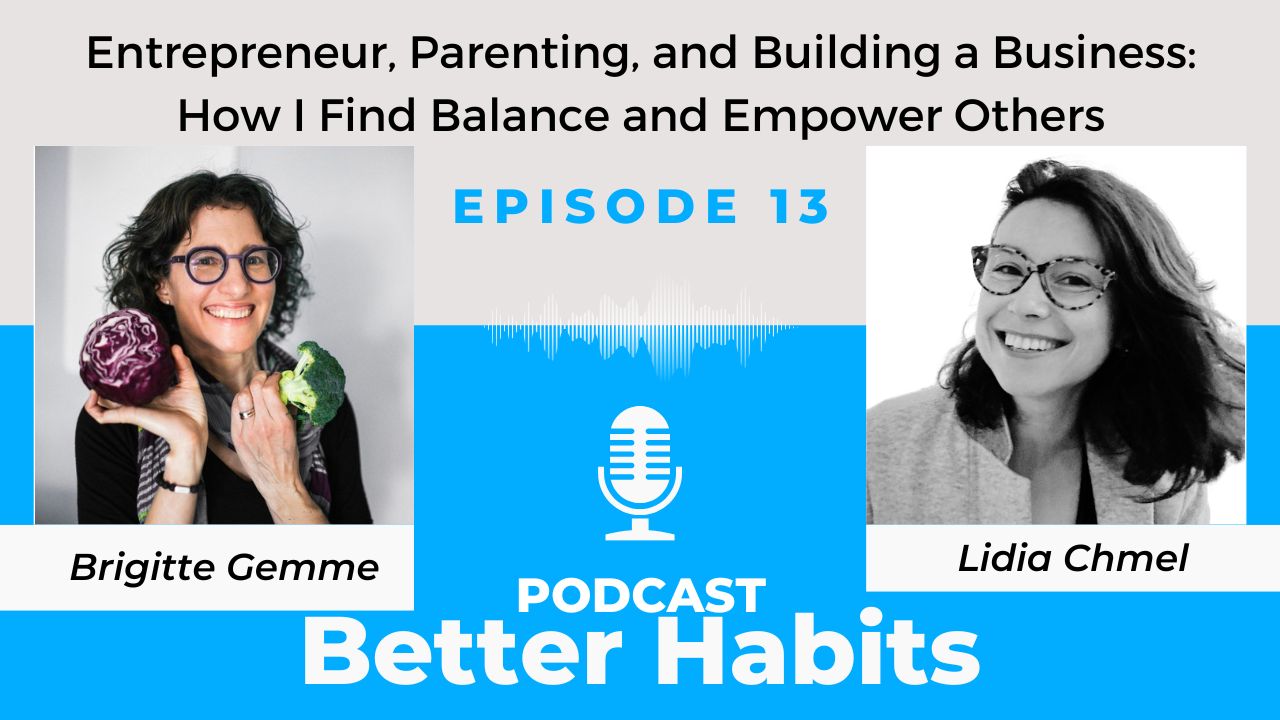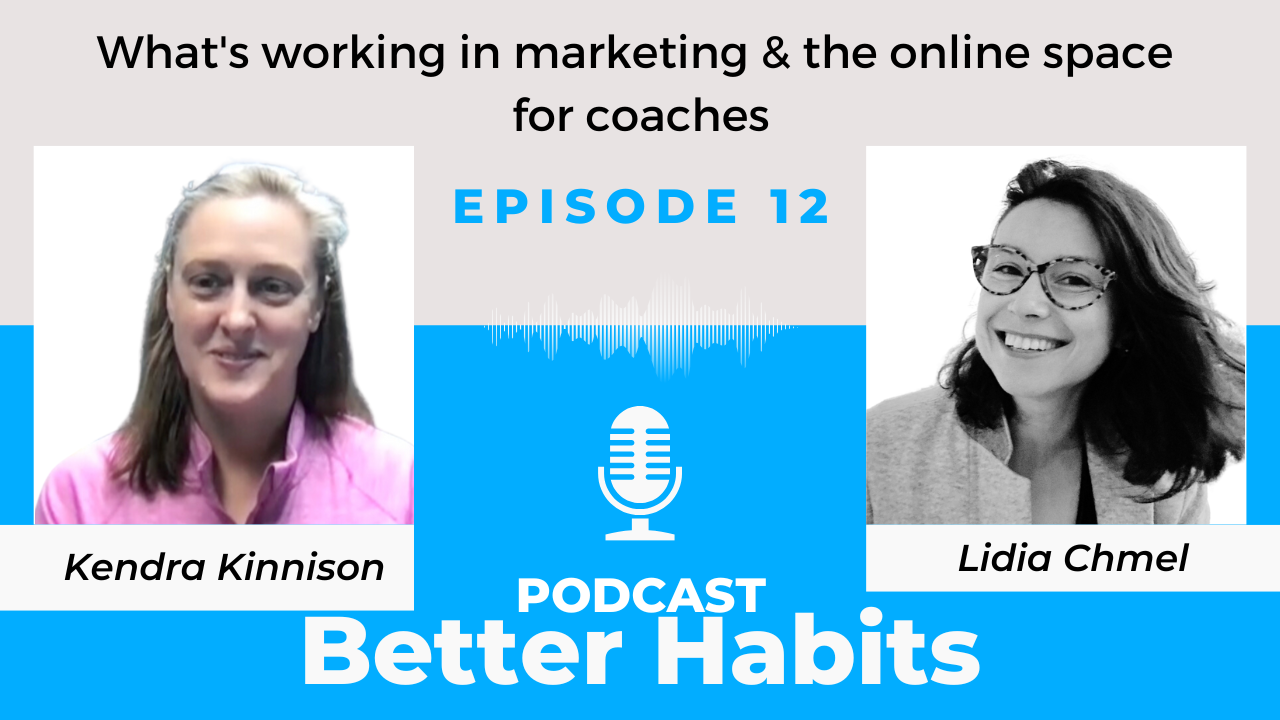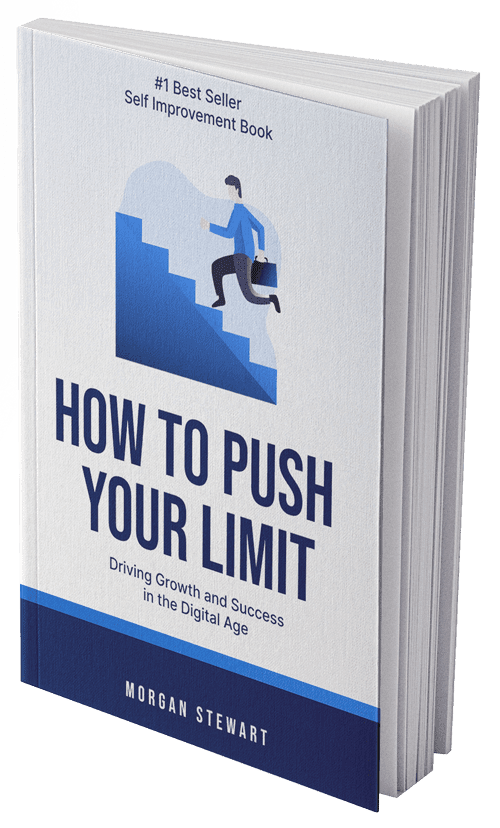“It seemed like the ultimate achievement: to calm the monkey mind.”
Neema Moraveji is the Co-founder and Chief Product Officer at Spire, an activity tracker that gives you feedback on your state of mind based on your breathing patterns. He also runs the Calming Technology Lab at Stanford University and teaches a course called Designing Calm at the design school. Neema is incredibly passionate about technologies that use practices such as breathing and mindfulness to enhance cognitive performance. He told us more about his personal practice and how he teaches students to use mindfulness in the design process.
Why did you start meditating? What was your goal?
I started meditating because I was a young ambitious male, curious about conquering a feat and doing something exotic. When I learned what it actually entailed, I became really intrigued because it seemed like the ultimate achievement: to calm the monkey mind. As I grew, I understood that having a goal was part of the issue and that meditation became a practice in not doing, not trying, not achieving, not judging.
What is your meditation routine?
I meditate whenever life brings me the right time. This happens every day or so. This is probably the worst meditation “routine” to adopt. When I mediate, I do 20 minutes of Vipassana or observing the breath.
Can you share a story about how has meditation improved your creativity?
I used to teach my students at Stanford how to use meditation for design purposes. It was a way to build empathy for their users after they did need-finding. I would do guided meditations with them where we would really sit with the information we had gathered and what we had learned about these people and really feel deeply connected to the, and design from that place.
Do you think meditation gives you a competitive edge?
I think balance, quiet, reflection, and honesty give a competitive edge. I don’t purport to possess those things but sometimes when the stars align and it happens, I find myself being productive, effective, and creative.
What can people new to meditation take away from your breathing research and apply to their practice?
If you aren’t making time to meditate, there’s a simple thing you can do anytime, anywhere. Listen to what your breath is telling you about now. The breath speaks in a language of rhythm and intricacies that can be admired for a lifetime. One tip is to spend a bit of time seeing if/how you can expand the tight space after your exhale and before your inhale. But effortlessly. That’s a fun one.

